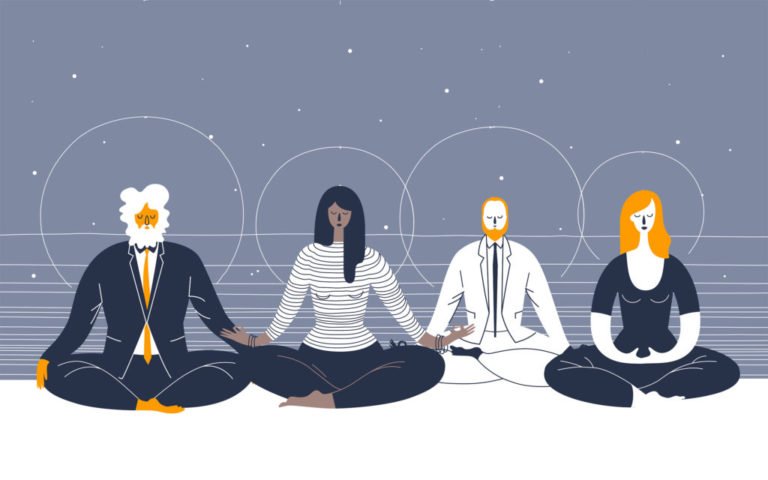Mindfulness is a mindful term. It can be defined as a state of nonjudgemental awareness of what is happening in the present moment, inclusive of complete awareness of one’s own thoughts, feelings and senses.
For years and years, mindfulness has been a boon to humanity and has been in practice, under different names, all throughout our history. Multiple types of research have been conducted in this realm, all coming out with praises for this self-healing practice.
- Research by ShiKeng et al., 2011, concluded that mindfulness brings about various positive psychological effects, including increased subjective well-being, reduced psychological symptoms and emotional reactivity, and improved behavioural regulation.
- Research by Feldman et al., 2010, suggested that mindful breathing may help to reduce reactivity to repetitive thoughts.
Some of the benefits of practising Mindfulness routinely include;
- Decreased Stress
- Increased emotion regulation and self-control
- Enhanced resilience in children
- Enhanced mental health and functioning
During this time of COVID-19 pandemic, where anxiety, stress and even depression is on its way to rise, here is a small mindfulness exercise that you can try at home.
Time Required – 5 minutes in a day
Place – Any safe place where you are not likely to be disturbed. It will be helpful to find a comfortable spot, either sitting on a chair or on the floor. It is advised to avoid the bed for this practice.
Posture – Try to keep your back straight, but not so straight that you develop back pain. If you are sitting on the floor, cross your legs and keep your arms comfortably, palms facing upwards or downwards, as per your convenience. If you are sitting on the chair, make sure that the soles of your feet and touching the floor. Try to do this exercise barefoot.
Remember, we have to release tension and not create tension.
Exercise 1
Progressive Muscle Relaxation is a therapeutic intervention that aims to achieve deep muscle relaxation and also attempts to release body muscle tension that might have manifested due to psycho-somatic reasons. Click here to get access to the exercise.
Exercise 2
Guided Imagery can be defined as a therapeutic intervention that uses visualization as a tool for mind-body integration and utilizes all of our senses, namely; sight, smell, sound, touch and taste. Click here to get access to the exercise.
Do let us know if you gave these exercises a try and if you have any feedback in the comments below.
References
- https://positivepsychology.com/benefits-of-mindfulness/
- https://www.therapistaid.com/worksheets/how-to-practice-mindfulness-meditation.pdf
- https://www.mindful.org/a-five-minute-breathing-meditation/




2 thoughts on “Mindfulness during COVID-19”
Pingback: Social Distancing and its Effects on Mental Health
Pingback: Cabin Fever and its Psychological Effects | Mental Health Today